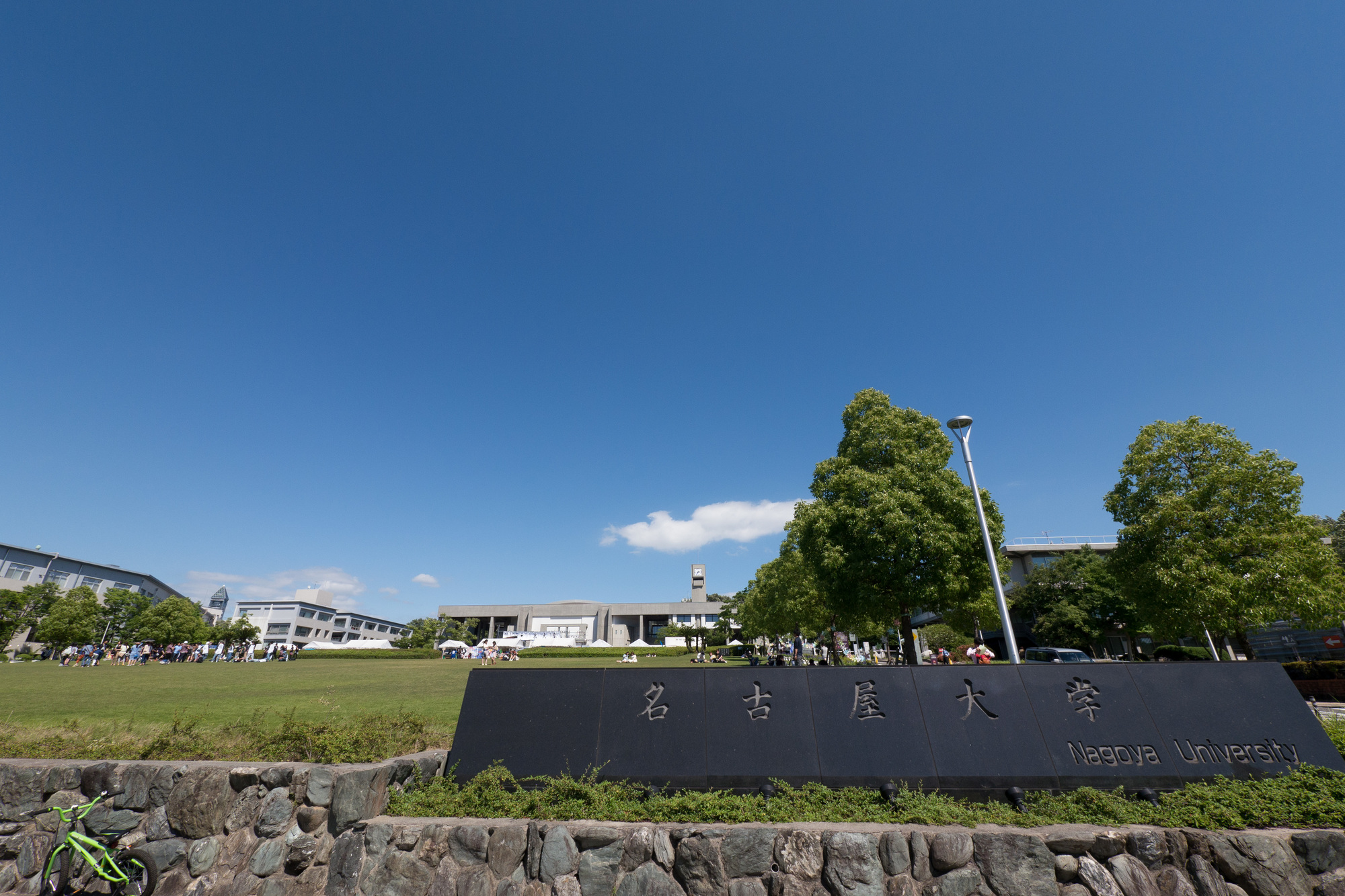A research group led by Yuqi Deng, a graduate student at Nagoya University, discovered a sound component contained in low-frequency noise that can improve skin blood flow in humans.Construction of a system that reuses low-frequency noise, which is considered harmful to health, to improve health is expected.
Low frequency noise is defined as sound with a frequency below 100 hertz (Hz).It is detected from a wide variety of equipment such as wind power generators, heat pump water heaters, air conditioner outdoor units, freezers, and trucks.In recent years, it has been reported that low-frequency noise may induce health problems, but it was unclear what sound components of low-frequency noise affect which part of the body and how.
The research group revealed that low-frequency noise contains sound components that improve skin blood flow in human extremities.However, auditory stimulation with headphones using this sound component did not improve blood flow in peripheral tissues such as human hands and feet.This sound component was not stimulating the ear.Research on factors involved in increased blood flow (wavelet spectrum analysis) revealed the possibility of improving blood flow by directly stimulating blood vessels (vascular endothelial cells).
Animal studies have also shown that this component of sound raises skin temperature.In general, improved blood flow is believed to be beneficial to health.Furthermore, the effect of raising the skin temperature of this sound component is considered to be effective in improving sensitivity to cold and the like.
The results of this study indicate that low-frequency noise, which has been feared to be harmful to health, may actually contain sound components that are good for health.In the future, by developing a technology that extracts only sound components that are good for health from low-frequency noise, which has been regarded as a nuisance that causes health problems, we can expect new countermeasures against low-frequency noise.
Paper information:[Science of the Total Environment] Vascular endothelium as a target tissue for short-term exposure to low-frequency noise that increases cutaneous blood flow

